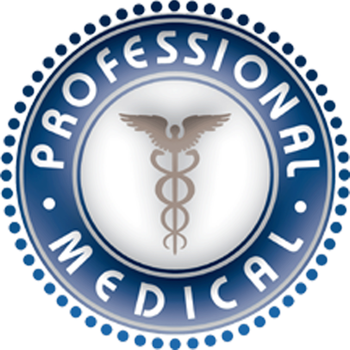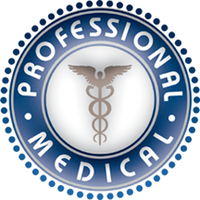New Breakthrough in Alzheimers
 New research appears to upend our current scientific understanding of Alzheimer’s disease, and may lead to a whole new approach to finding a cure for the devastating dementia. The new theory gaining traction in the scientific community is that in Alzheimer’s the brain is destroyed not by sticky plaques—long held to be the culprit—but by floating clumps of protein. In fact, the sticky plaques may be the body’s way of protecting against these deadly clumps—the way an oyster forms a pearl to protect against an irritating grain of sand.
New research appears to upend our current scientific understanding of Alzheimer’s disease, and may lead to a whole new approach to finding a cure for the devastating dementia. The new theory gaining traction in the scientific community is that in Alzheimer’s the brain is destroyed not by sticky plaques—long held to be the culprit—but by floating clumps of protein. In fact, the sticky plaques may be the body’s way of protecting against these deadly clumps—the way an oyster forms a pearl to protect against an irritating grain of sand.
For the last 20 years, following the prevailing theory that sticky plaques cause Alzheimer’s disease, drug developers have been targeting that plaque in their search for a cure.
But experiments in mice and rats published in April may prove to be the tipping point that takes that research in a new direction. Many scientists now believe the free-floating clumps of protein, rather than the sticky plaques—are the main players in the rogue process that attacks the brain.
“Plaques are no longer where the action is,” says Sam Gandy, M.D., of the Alzheimer’s Disease Research Center at Mount Sinai School of Medicine in New York.
Gandy’s work builds on several years of research that has been moving science toward this new theory. And if the theory is correct, then drugs that target plaques—as many of the most promising medications have done in the past few years—won’t help people who have the disease. It could even make them worse. Gandy’s work with specially engineered mice—which developed Alzheimer’s though they had only clumps of the amyloid beta protein, and no plaques in their brains—“is the final experiment that’s making the whole field turn around,” says Andrew Dillin of the Salk Institute of California and the Howard Hughes Medical Institute.
While the development is exciting, William Theis, the Alzheimer’s Association’s chief medical officer, cautions that the leap from mice to men is a long one and that Gandy’s experiments need to be duplicated by other scientists in other labs before drug companies invest billions of dollars to create new medicines that target these clumps of proteins.
Still, this new science is especially important in light of a report from the Alzheimer’s Association released this week, which says the number of Americans age 65 and older who have the disease will increase from 5.1 million today to 13.5 million 40 years from now. And by then the annual cost of caring for people with Alzheimer’s will exceed $20 trillion, the report says.
Click Here to read more
Courtesy of AARP
- Tags: Aging & Wellness News
- Professional Medical














Comments 0